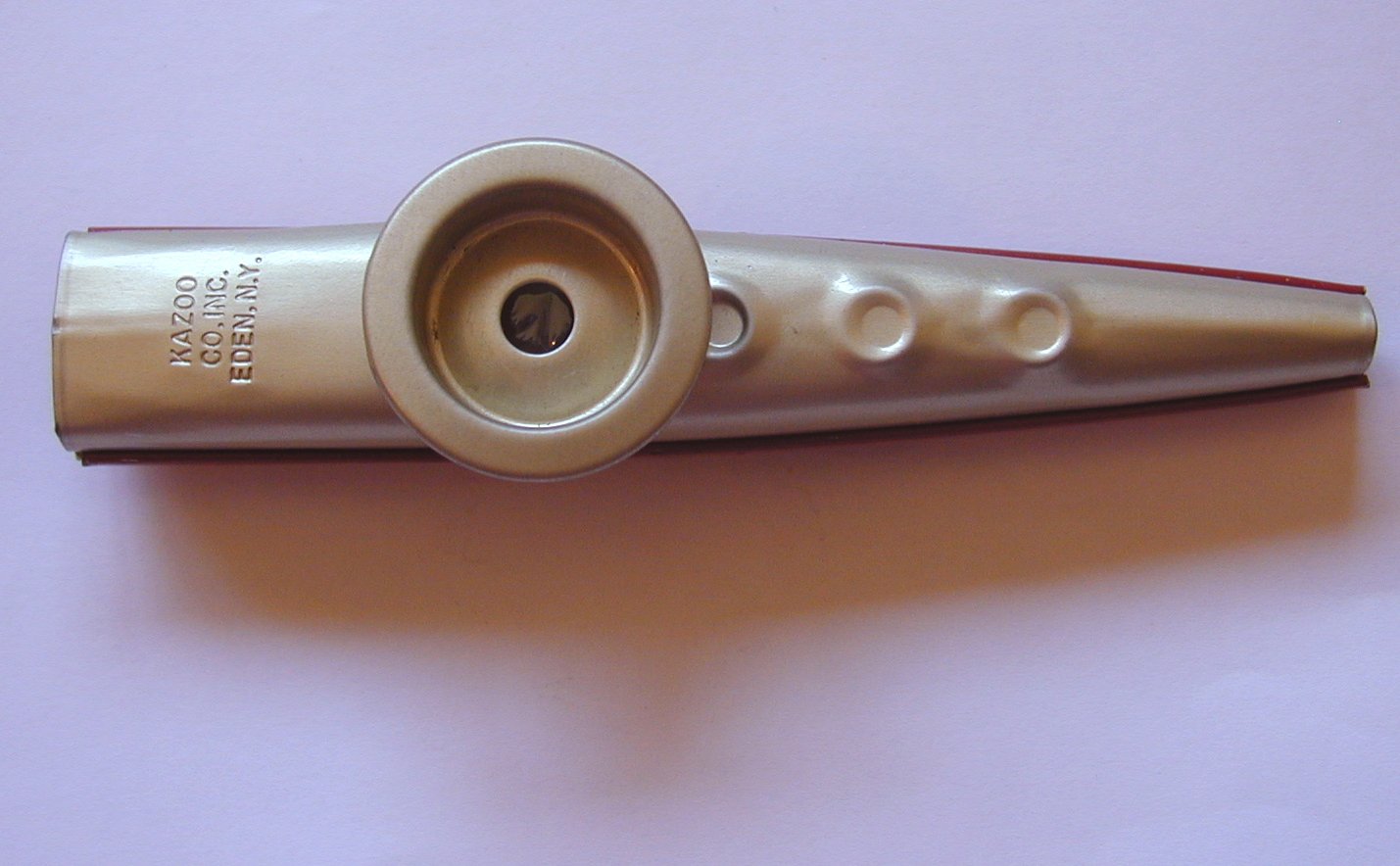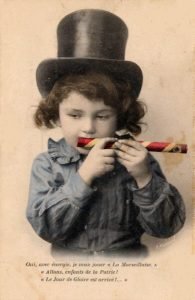
‘Tales of the Unknown Instruments’ is a multimedia web series about unknown folk instruments. It tells the tale of their origins, their players and their music through audio, video and text. In this episode of ‘Tales of the Unknown Instruments’ we talk about the mirliton.
The mirliton is a musical instrument in which sound waves produced by the player’s voice vibrate a membrane. The way it works is quite simple. All you need is a tube, a membrane and two holes in your tube. One hole to hum into and one hole to let the air out. The modern (and most popular mirliton) is a kazoo.
The Golden Age of Kazoo, so to speak, was around the 1900’s. It was commonly used in jazz, since it was quite a cheap instrument that gave an interesting sound. Musicians Bunny Berrigan and Red McKenzie used it in a few of their songs. The kazoo is cheap, easy to play and fits right in a real brass band.
As of now, the kazoo is played to make a song more lighthearted and fun. For example, De Nattergale, a Danish comedy band, uses the kazoo in some of their songs. Over the years, the kazoo became more like a joke. And thus in modern days, is not played seriously anymore. If you’re interested in how that came to be, make sure to check the timeline down below.
Even though the kazoo is nowadays seen as a joke, there is much more to it than it seems. Let’s go back to the kazoo in it’s purest form: the mirliton. As seen in the image above, the instrument is quite simple. But it has a big part in the classification of instruments. Classifications are important for both people who play instruments and people who study them. In orchestra’s, the seats are arranged by classification. The placement of instruments in a big room has a huge impact on the sound it creates.
Mirlitons aren’t generally used in big orchestra’s. But the way they produce sound is quite an unusual one. It is distinctive for a membranophone. The membranophone is an instrument that makes sound by vibrating a membrane. And that is one of the four pillars of the Hornbostel-Sachs scheme. This scheme classifies instruments by the way they produce sound. That is quite uncommon, because instruments are more commonly classified by characteristics. For example brass, woodwind, strings, etc..
The Hornbostel-Sachs scheme looks at the way instruments produce sound. According to the Encyclopedia of Knowledge Organisation (ISKO), it was first published in 1914 in German by Erich M. von Hornbostel and Curt Sachs. Below are five divisions of instruments, a short description and some examples of the instruments. The fifth division is a newer one and was added in 1940, when electrical instruments became more common.
Please note that this is a simplified version of the Hornbostel-Sachs scheme. The full version, provided by the Musical Instruments Museum Online (MIMO) has more subcategories and numerical codes. These codes can classify instruments in-between categories.
You on kazoo!
Now you know all about the different kinds of instruments and the way they are classified. It’s time to get practical and learn how the mirliton works. We know that, by humming into a tube with a membrane, the membrane will vibrate. Different kinds of tubes and membranes will produce different kinds of sound. In the following tutorial I will show you three different ways to make a mirliton so you can find out yourself.
I must admit… the first one is not really a mirliton. It’s a plastic straw in which you blow. It has no membrane. The sound that it gives is similar to the other two real mirlitons. Since the plastic straw functions as the tube and the membrane, it still produces that distinctive sound.
With each kind of mirliton comes a different technique of playing. I will show you how at the end of each diy.
Time to quiz!
The mirliton is an interesting instrument with a lot of history. You know how it works, how it came to be, how to make one… But you don’t know yet which one you are. Find out here below which kind of mirliton you are and why.



